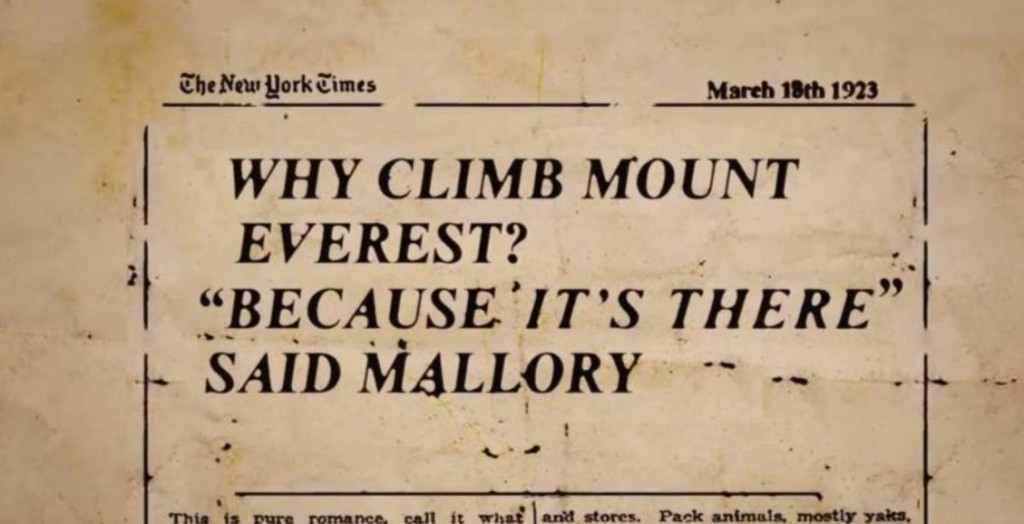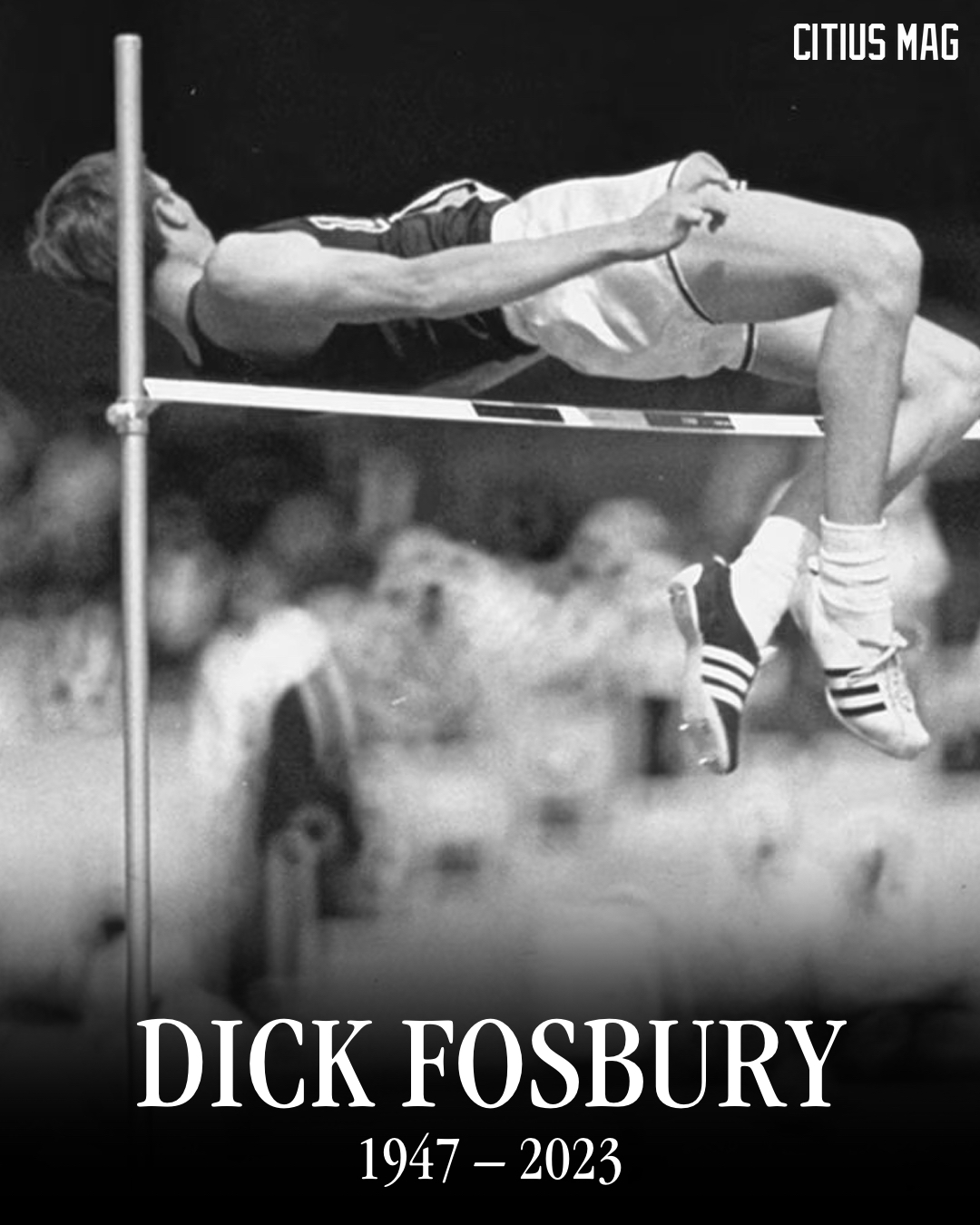In relation to warming up, I would like to take up what Jurgen Weineck said in his book “The optimal training” because it is a text known to all coaches (psychologists should study it). In fact, it clearly illustrates the physical and also mental role of this phase of training. It thus highlights how important it is to teach young athletes to use this phase of training in the right way and not simply as boring exercises to be carried out to avoid injury.
“Warm-up means all the measures that, before a sporting load – whether for training or competition – useful both to create a state of optimal coordination of psychophysical and kinesthetic preparation and to prevent accidents.
“In active warming up, the athlete practically performs the exercises or movements, while in mental warming he only represents them… If it is used alone … mental training is of little use, because it only partially sets in motion, and often with little intensity, the adaptation processes characteristic of warm-up. However, in some sports (e.g. artistic gymnastics and athletic) it is very effective when combined with other warm-upmethods” (p. 547).
“As can be seen from various works there are interrelationships between warming up, motivation and the psychic attitude towards the activity itself. Thus, on the one hand, a high degree of motivation and a strongly performance-oriented attitude can strengthen the effectiveness of warming – among other things, thanks to the psychic parameters of the pre-event state that prepares the body for a high performance – while, on the other hand, a negative attitude towards it reduces or totally eliminates the benefits … warming up, starting from an initial “neutral” situation, serves to form a psychic state of readiness to perform, evokes an optimal state of excitement of the nervous system, thus improving the attitude towards sports performance and concentration on it” (p.551).
In preparation for the competition, the warm-up phase represents an opportunity to mentally prepare yourself at the start of the race, giving you the time to focus on the tasks to perform at the best. It is recognized that many top athletes complete some form of mental preparation before the competition. Typical strategies include:
- visualization of performance
- repetition of keywords
- search for optimal activation through physical and technical exercises
- speed and accuracy
HOW DO YOU PREPARE YOURSELF FOR THE RACE? AT THE START ARE YOU ALWAYS READY?
HAVE YOU EVER THOUGHT OF DOING A MENTAL ROUTINE AND NOT ONLY A PHYSICAL ONE?
DO YOU WANT TO KNOW MORE AND TRAIN YOURSELF TO START THE COMPETITION WITH THE RIGHT ATTITUDE?
WRITE ME AND WE WILL DO IT TOGETHER






